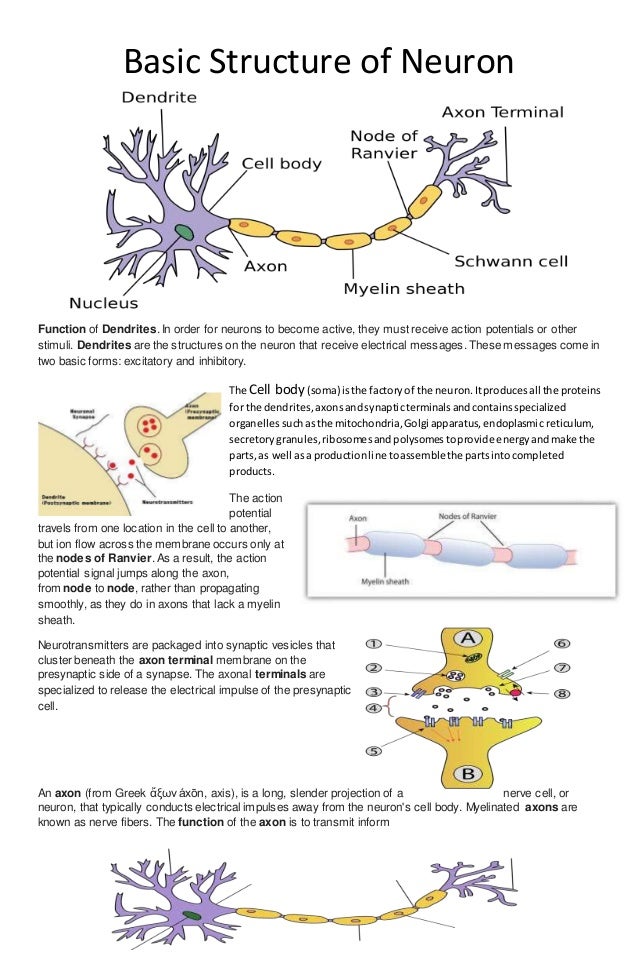


We validate these model predictions with connectome data. Using our models, we find that branch point distributions correlate more closely with the input distributions while termination points in dendrites are generally spread out more randomly with a close to uniform distribution. We then use morphological models based on optimal wiring principles to study the relation between input distributions and dendritic branching structures. Moreover, R is independent of cell size and we find that it is only weakly correlated with other branching statistics, suggesting that it might reflect features of dendritic morphology that are not captured by commonly studied branching statistics. We find that the distributions of these points depend strongly on cell types, indicating possible fundamental differences in synaptic input organization. Here, we analyze dendritic branching structures using a regularity index R, based on average nearest neighbor distances between branch and termination points, characterizing their spatial distribution. Inputs could be distributed in tight clusters, entirely randomly or else in a regular grid-like manner. However, the relationship between the shape of dendrites and the precise organization of synaptic inputs in the neural tissue remains unclear. Neurons collect their inputs from other neurons by sending out arborized dendritic structures.


 0 kommentar(er)
0 kommentar(er)
